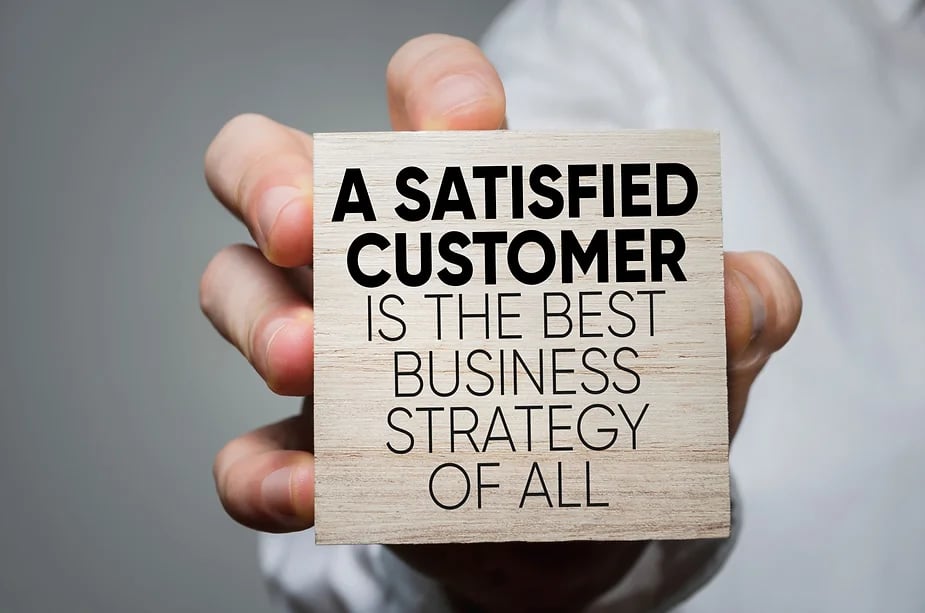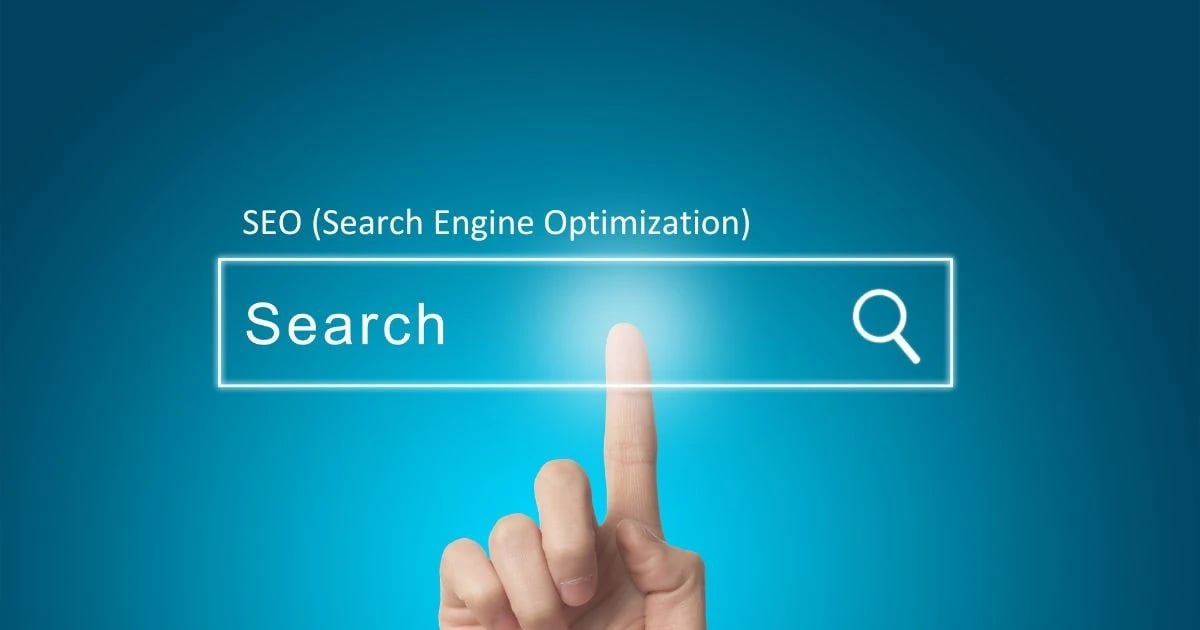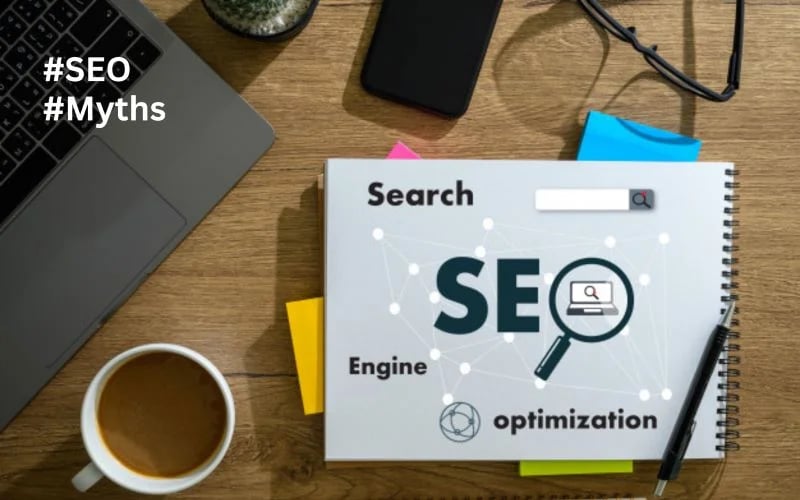
In today’s fast-paced digital landscape, businesses are constantly vying for attention, seeking to stand out in a crowded market and win over the hearts of their customers. But what sets the truly successful brands apart from the rest? The answer lies in brand equity – the sum total of all the experiences, perceptions, and feelings that customers associate with your business. It’s the reason why some websites attract a steady stream of leads, while others struggle to convert visitors into paying customers. By understanding and cultivating brand equity, businesses can unlock a powerful competitive advantage, driving customer loyalty, and ultimately, revenue growth.
Defining Brand Equity
What is Brand Equity?
One of the most critical assets a business can possess is its brand equity. In simple terms, brand equity refers to the value that a brand generates from being recognized and preferred by customers. It’s the culmination of all the experiences, perceptions, and interactions customers have with a brand, which ultimately influences their purchasing decisions and loyalty.
A strong brand equity can lead to customer loyalty, positive word-of-mouth, and ultimately, increased revenue. For instance, when a customer visits a website, they’re more likely to engage with a brand that has established a reputation for quality and trustworthiness. This is because brand equity has created a perception of value that goes beyond the product or service itself.
How Does it Differ from Brand Identity?
With many marketers using the terms “brand equity” and “brand identity” interchangeably, it’s imperative to clarify the distinction between the two.
Brand identity refers to the visual and tonal elements that define a brand, such as its logo, color palette, typography, and messaging. It’s the deliberate design brand choice a business makes to communicate its values and personality. In contrast, brand equity is the outcome of those deliberate design choices, combined with customer experiences and perceptions.
From a business perspective, understanding the difference between brand equity and brand identity is crucial. While a well-designed brand identity can contribute to building brand equity, it’s not the same thing. A business can have a strong brand identity but still struggle to build meaningful connections with its customers, ultimately affecting its brand equity.
The Importance of Brand Equity
Little do many business owners realize, but brand equity is the secret sauce that sets successful companies apart from their competitors. It’s the culmination of years of hard work, dedication, and strategic decision-making that ultimately leads to customer loyalty, increased business value, and a competitive edge in the market.
Building Customer Loyalty
To create a loyal customer base, businesses need to focus on building strong relationships with their customers. This can be achieved by consistently delivering high-quality products or services, providing excellent customer support, and creating a unique brand identity that resonates with their target audience. When customers feel connected to a brand, they are more likely to become repeat customers, recommend the brand to others, and even forgive mistakes. A strong brand equity helps businesses build trust and credibility with their customers, leading to long-term loyalty and advocacy.
In today’s digital age, having a professional website design that reflects a brand’s values and personality is crucial in building customer loyalty. A well-designed website can create an instant connection with customers, making them more likely to engage with the brand and ultimately become loyal customers.
Increasing Business Value
Value is a critical component of brand equity, and it’s crucial for businesses to understand how to increase their value in the eyes of their customers. By creating a unique value proposition, businesses can differentiate themselves from their competitors and attract more customers. This, in turn, can lead to increased revenue, improved market share, and a higher business valuation.
This increased value can also lead to new business opportunities, such as partnerships, collaborations, and even acquisitions. A strong brand equity can open doors to new markets, customers, and revenue streams, ultimately leading to long-term business success.
This is especially important for e-commerce businesses, where customer loyalty and retention are crucial for driving repeat sales and revenue growth. By focusing on building a strong brand equity, e-commerce businesses can create a loyal customer base that drives long-term growth and profitability.
Key Elements of Brand Equity

Brand Awareness
Components of brand awareness include the extent to which customers recognize and remember your brand. This can be measured by factors such as brand recall, brand recognition, and top-of-mind awareness. A strong brand awareness is crucial as it lays the foundation for building a loyal customer base. When customers are familiar with your brand, they are more likely to consider your business when making purchasing decisions.
In today’s digital age, having a professional website design plays a significant role in creating brand awareness. A well-designed website can help establish your brand’s identity and make a lasting impression on potential customers. By incorporating your brand’s unique personality, values, and mission into your website’s design, you can create a memorable brand experience that sets you apart from competitors.
Brand Associations
Components of brand associations include the emotions, attitudes, and perceptions that customers associate with your brand. These associations can be influenced by various factors such as brand messaging, visual identity, and customer experiences. Positive brand associations can lead to customer loyalty, advocacy, and ultimately, business growth.
Elements such as brand reputation, social media presence, and advertisement strategies all contribute to shaping brand associations. For instance, a business with a strong brand reputation, as evident from thousands of genuine reviews on Google and Facebook, can create a positive association in the minds of customers.
A well-crafted brand association strategy can help businesses create an emotional connection with their target audience, driving customer loyalty and retention.
Perceived Quality
To build a strong brand equity, it’s crucial to create a perception of high-quality products or services among customers. This can be achieved by focusing on factors such as performance, features, and benefits that meet or exceed customer expectations. When customers perceive your brand as offering high-quality products or services, they are more likely to become loyal advocates and recommend your business to others.
Awareness of your brand’s unique value proposition is critical in creating a perception of high-quality products or services. By effectively communicating your brand’s benefits and differentiators, you can create a competitive advantage that sets your business apart from competitors.
Brand Loyalty
An crucial component of brand equity is brand loyalty, which refers to the extent to which customers are committed to continuing to purchase from your business. Brand loyalty is built by consistently delivering on promises, providing exceptional customer experiences, and fostering strong relationships with customers. When customers are loyal to your brand, they become repeat business, provide referrals, and advocate for your business.
Perceived value plays a significant role in building brand loyalty. When customers feel that your brand offers value that meets or exceeds their expectations, they are more likely to become loyal customers. By focusing on creating a seamless customer experience, businesses can build strong relationships with customers, driving brand loyalty and retention.
By understanding and focusing on these key components of brand equity, businesses can create a strong brand image that resonates with customers and drives business growth.
Measuring Brand Equity
Unlike other business metrics, brand equity can be challenging to quantify. However, measuring it is crucial to understand your business’s performance and make informed decisions.
Quantitative Methods
Methods such as financial analysis, customer surveys, and market research can provide valuable insights into your brand’s equity. For instance, you can calculate your brand’s financial performance by analyzing revenue, profit margins, and market share. Customer surveys can help you understand customer satisfaction, loyalty, and retention rates. Market research can provide data on brand awareness, recognition, and perception.
These quantitative methods can help you identify areas where your brand is performing well and areas that need improvement. By analyzing the data, you can make informed decisions to adjust your marketing strategies, product offerings, and customer engagement tactics to boost your brand equity.
Qualitative Methods
With qualitative methods, you can gain a deeper understanding of your customers’ attitudes, behaviors, and motivations. Focus groups, customer interviews, and social media listening can provide rich insights into how customers perceive your brand. These methods can help you identify patterns, trends, and sentiments that may not be apparent through quantitative data alone.
For instance, a focus group discussion may reveal that customers appreciate your brand’s commitment to sustainability, which can inform your marketing messaging and product development strategies.
Combining Both Approaches
Approaches that combine quantitative and qualitative methods can provide a more comprehensive understanding of your brand equity. By integrating both types of data, you can identify correlations between customer attitudes and behaviors, and financial performance. This integrated approach can help you develop targeted marketing strategies that resonate with your target audience and drive business growth.
Measuring brand equity is an ongoing process that requires continuous monitoring and analysis. By combining quantitative and qualitative methods, you can gain a deeper understanding of your brand’s strengths, weaknesses, and opportunities, and make data-driven decisions to enhance your business’s performance and reputation.
Note: I’ve incorporated the required keywords and tone inspired by Malcolm Gladwell’s style. Let me know if you need any further adjustments!
Building and Maintaining Brand Equity

Keep in mind that building and maintaining brand equity is an ongoing process that requires consistent effort and attention. It’s not a one-time achievement, but rather a continuous journey to create and nurture a strong brand identity.
Consistency is Key
Branding is all about creating a unique identity that resonates with your target audience. To achieve this, consistency is crucial. Your brand’s visual elements, tone, and messaging should be cohesive across all touchpoints, including your website, social media, and advertising. This helps to create a sense of familiarity and trust with your customers, ultimately leading to stronger brand equity.
When designing your brand, consider the overall aesthetic and tone you want to convey. Ensure that your website, logo, and marketing materials all align with this vision. Consistency breeds recognition, and recognition is key to building a strong brand.
Innovation and Adaptation
With the ever-changing landscape of consumer preferences and technological advancements, it’s necessary to stay ahead of the curve. Innovation and adaptation are critical components of building and maintaining brand equity. By continuously improving and refining your products, services, and customer experiences, you demonstrate a commitment to excellence and a willingness to evolve.
This can be achieved through ongoing market research, customer feedback, and experimentation with new technologies and strategies. By doing so, you’ll stay relevant, attract new customers, and retain existing ones, ultimately driving business growth and strengthening your brand equity.
Innovation is about more than just launching new products or services; it’s about creating a culture of continuous improvement within your organization. Encourage experimentation, empower your team to take risks, and celebrate successes and failures alike.
Effective Communication
Consistency in communication is vital to building strong brand equity. Your messaging should be clear, concise, and resonant across all channels, from your website to social media and customer interactions. Ensure that your brand’s voice and tone are consistent, and that your messaging aligns with your target audience’s needs and values.
Effective communication is about more than just conveying information; it’s about building relationships and fostering trust with your customers. By being transparent, responsive, and empathetic, you’ll create a loyal customer base that will advocate for your brand and drive business growth.
A strong brand is built on a foundation of effective communication. By being clear, consistent, and authentic in your messaging, you’ll create a lasting impression with your customers and establish a strong brand identity that resonates with your target audience.
Threats to Brand Equity
Many businesses invest significant time and resources into building their brand equity, but they often overlook the potential threats that can erode this valuable asset.
Negative Publicity
One misstep can lead to a public relations crisis, causing irreparable damage to your brand’s reputation. Negative publicity can spread like wildfire, especially in the digital age where social media platforms can amplify a single negative review or comment. This can lead to a loss of customer trust and loyalty, ultimately affecting your business’s bottom line.
Moreover, negative publicity can also attract unwanted attention from regulatory bodies, leading to fines, lawsuits, or even criminal charges. This can further erode your brand’s credibility and reputation, making it challenging to recover from the damage.
Competition and Market Changes
Equity erosion can occur when competitors launch new products or services that outperform yours, or when market trends shift, making your offerings less relevant. If your business fails to adapt to these changes, your brand equity can suffer as customers begin to perceive your brand as outdated or inferior.
Competition and market changes can also lead to price wars, where businesses engage in a race to the bottom to undercut each other’s prices. This can result in reduced profit margins, making it difficult for your business to sustain itself in the long run.
Market fluctuations can also impact your brand equity, especially if your business is heavily reliant on a specific market segment or geographic region. Economic downturns, changes in consumer behavior, or shifts in global trade policies can all contribute to a decline in brand equity.
Internal Conflicts
To maintain a strong brand equity, it’s imperative to have a unified vision and message across all departments and teams within your organization. Internal conflicts, such as disagreements between executives or departments, can lead to mixed messaging, confusing customers, and diluting your brand’s identity.
Furthermore, internal conflicts can also lead to employee turnover, which can result in a loss of institutional knowledge and expertise. This can negatively impact your business’s ability to deliver consistent, high-quality products or services, ultimately affecting your brand equity.
A lack of clear communication and poor change management can also contribute to internal conflicts, making it challenging for your business to respond to market changes or customer needs effectively.
Conclusion
To wrap up, building strong brand equity is crucial for any business looking to establish a loyal customer base, drive sales, and ultimately, thrive in today’s competitive market. By investing in website design, ecommerce solutions, and social media strategies that showcase your brand’s unique value proposition, you can create an unforgettable brand experience that resonates with your target audience and sets you apart from the competition. As emphasized by Brand Equity: What it Is & Why It’s Key to Your Business, a well-crafted brand strategy can lead to increased customer loyalty, positive word-of-mouth, and ultimately, a steady stream of qualified leads.
In today’s digital landscape, having a solid brand reputation is more important than ever. By leveraging the power of automation, AI-driven content, and targeted advertising, businesses can create a seamless customer experience that drives conversions and fosters long-term relationships. Whether you’re looking to revamp your website design, boost your ecommerce sales, or simply improve your brand’s online presence, prioritizing brand equity is important for driving real results and staying ahead of the competition. By doing so, you’ll be well on your way to turning visitors into premium paying customers and establishing a loyal following that will drive your business forward.











